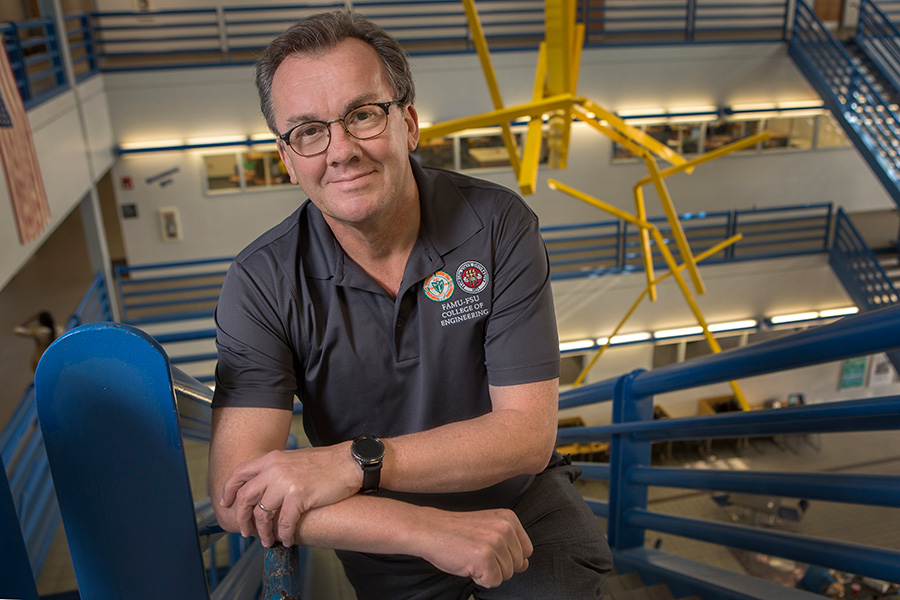
Fans around the world will flock to see “Star Wars: The Last Jedi” when it comes to theaters later this week and marvel at the special effects that create this galaxy far, far away.
But some of the special effects seen in “Star Wars” aren’t that far from reality, said FAMU-FSU College of Engineering Dean Murray Gibson.
“The great thing about movies like ‘Star Wars’ is the imagination it takes to think about what could be possible,” Gibson said. “As an engineer, if you want to do things that don’t violate the law of physics, you probably can do it. It can cost a lot of money and there is a question of is it something you really need to do. But it’s a great way to stimulate imagination and stimulate technology.”
Scientists are still likely decades away from developing the technology to create lightsabers — the Jedi weapon of choice — Gibson said. But, the technology isn’t hard to imagine.
Lasers are the most obvious way scientists might create a lightsaber, he said. The problem is that it is difficult to confine a laser beam. In addition, laser light beams would naturally pass through each other instead of banging together like swords.
One way to contain the light beam could be to squeeze light through holes that are smaller than the wavelength of the laser beam.
“That technology, which we’re beginning to use for other things nowadays, could be used to create a beam that only goes a certain distance,” Gibson said. “We haven’t made anything on that scale yet, but it’s a possible way to do it.”
The energy and power needed to sustain that kind of beam also poses a problem. Gibson estimates that it would take 25 pounds of batteries.
That’s not a tool that Luke Skywalker, Rey or Kylo Ren could easily wield. But perhaps in the future, scientists will get there, Gibson said.
“We are working very aggressively on technology for storing energy, and that’s something that is very important for our energy efficiency, renewable energy and so on,” Gibson said. “I think in the next few decades, we’ll be able to develop lighter-weight energy storage. It’s just not feasible yet, at least not for a 1-pound lightsaber.”




